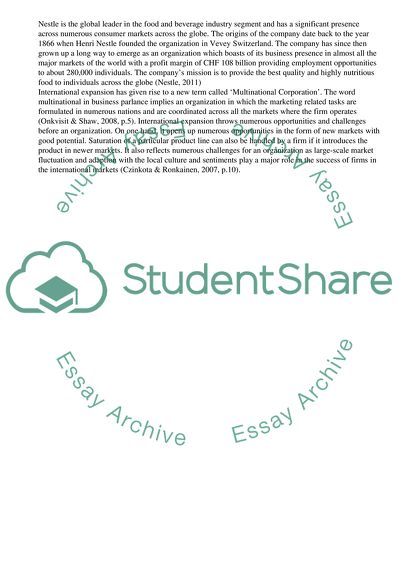Cite this document
(International Expansion and Its Effects on the Marketing and Product Research Paper - 1, n.d.)
International Expansion and Its Effects on the Marketing and Product Research Paper - 1. Retrieved from https://studentshare.org/business/1748948-nestl
International Expansion and Its Effects on the Marketing and Product Research Paper - 1. Retrieved from https://studentshare.org/business/1748948-nestl
(International Expansion and Its Effects on the Marketing and Product Research Paper - 1)
International Expansion and Its Effects on the Marketing and Product Research Paper - 1. https://studentshare.org/business/1748948-nestl.
International Expansion and Its Effects on the Marketing and Product Research Paper - 1. https://studentshare.org/business/1748948-nestl.
“International Expansion and Its Effects on the Marketing and Product Research Paper - 1”, n.d. https://studentshare.org/business/1748948-nestl.


